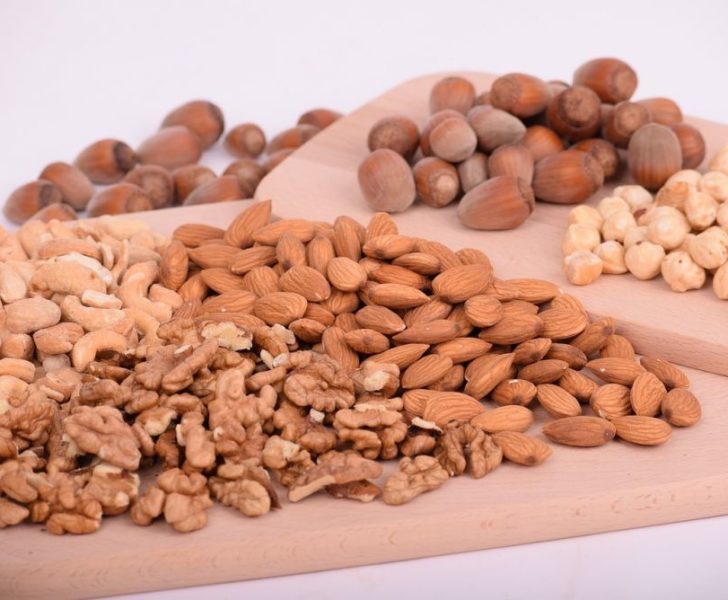Protein Diet: Maximizing Health and Performance

An Overview of Protein Diets
Protein diets have gained significant popularity in recent years, with individuals seeking effective and sustainable methods for weight loss, muscle gain, and overall health improvement. This article aims to provide a comprehensive analysis of protein diets, encompassing their definition, types, popularity, and the quantitative measurements associated with them. Furthermore, this piece will discuss the variations and historical context of protein diets, including their advantages and disadvantages.
Understanding Protein Diets

Protein diets are characterized by their emphasis on high protein intake while reducing the consumption of carbohydrates and fats. By focusing on protein-rich foods, such as lean meats, poultry, fish, eggs, and legumes, individuals can improve satiety, regulate blood sugar levels, and enhance muscle growth and repair.
Types and Popularity of Protein Diets
Various types of protein diets have emerged, catering to the diverse needs and preferences of individuals. The most popular protein diets include the Atkins diet, the ketogenic diet, and the paleo diet. The Atkins diet promotes significant protein intake while limiting carbohydrates, encouraging the body to burn fat for energy. On the other hand, the ketogenic diet emphasizes high fat and moderate protein consumption to achieve a state of ketosis.
The paleo diet focuses on consuming foods that were available to our Paleolithic ancestors, primarily consisting of meat, fish, fruits, vegetables, and nuts. Other protein diets include the Dukan diet, the South Beach diet, and the Zone diet. These diets differ in their specific rules and restrictions, but all revolve around the core principle of prioritizing protein intake.
Quantitative Measurements and Protein Diets
A key aspect of protein diets involves understanding the quantitative measurements required for optimal results. The Daily Recommended Intake (DRI) of protein varies depending on factors such as age, sex, weight, and activity level. Generally, the DRI for adults ranges between 0.8 grams to 2.0 grams of protein per kilogram of body weight. However, individuals on protein diets may need to consume higher amounts, typically between 1.2 grams to 2.2 grams per kilogram of body weight.
Distinguishing Among Protein Diets
While all protein diets share a common focus on high protein intake, there are notable differences between them. One significant variation lies in the balance of macronutrients. For example, the Atkins diet restricts carbohydrates, the ketogenic diet restricts carbohydrates and emphasizes fat, and the paleo diet emphasizes whole foods but does not specifically regulate macronutrient proportions.
Additionally, protein sources play a crucial role in distinguishing protein diets. The Atkins diet primarily emphasizes animal-based protein sources, the paleo diet promotes lean meat, fish, and plant-based sources, while the ketogenic diet allows for a wide variety of protein sources.
Historical Context of Protein Diets
Protein diets have a long-standing history, with their merits and drawbacks scrutinized over time. Early forms of low-carbohydrate, high-protein diets gained popularity in the 1970s, and the Atkins diet revolutionized the concept in the early 2000s. Since then, researchers have conducted numerous studies to evaluate the effects of protein diets on weight loss, metabolic health, and long-term sustainability.
While protein diets have shown potential for weight loss and muscle gain, concerns have been raised regarding potential health risks. These diets often limit the intake of essential nutrients found in carbohydrates and fats, compromising the body’s overall nutritional balance. Furthermore, long-term adherence to strict protein diets may lead to nutrient deficiencies, kidney issues, and an increased risk of cardiovascular disease.
In conclusion, protein diets offer individuals a viable approach to achieve various health and performance goals. Understanding different types of protein diets, quantitative measurements, and their historical context enables individuals to make informed decisions about which approach suits them best. However, it is crucial to consult with healthcare professionals before initiating any significant dietary changes to ensure adequate nutrient intake and minimize potential risks. By prioritizing a balanced and sustainable approach, individuals can optimize the benefits of protein diets while safeguarding their overall well-being.











